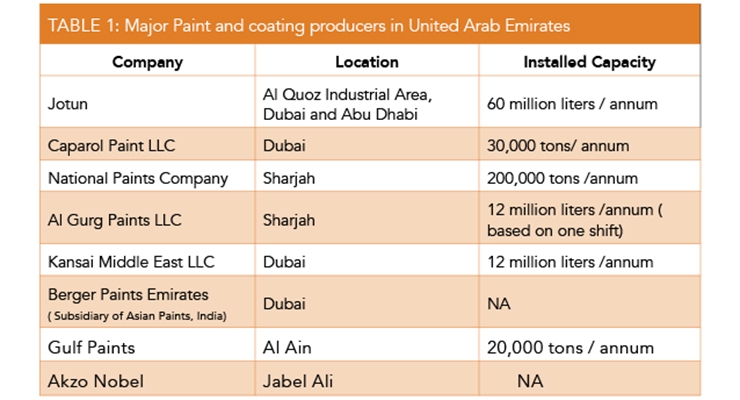Recognizing Seasonal Influences On Commercial Exterior Paint: Important Understanding For Success
Recognizing Seasonal Influences On Commercial Exterior Paint: Important Understanding For Success
Blog Article
Material Created By-Fox Bagger
When you're planning a commercial outside paint project, seasonal variables can make or damage your results. You'll intend to consider how temperature and humidity impact paint application and drying times. Selecting the best season can ensure your paint sticks appropriately and lasts much longer. However which periods are absolutely the very best for this kind of work? Allow's explore the crucial elements that can influence your task's success.
The Effect of Temperature Level on Paint Application
When you're planning a commercial external painting job, the temperature level can significantly affect exactly how well the paint sticks and dries out.
Preferably, you wish to repaint when temperature levels vary between 50 ° F and 85 ° F. If it's as well cool, the paint may not treat effectively, causing problems like peeling off or splitting.
On the other hand, if it's as well warm, the paint can dry too rapidly, stopping proper bond and resulting in an irregular surface.
You must also consider the moment of day; early morning or late afternoon supplies cooler temperature levels, which can be a lot more favorable.
Constantly examine the supplier's recommendations for the details paint you're utilizing, as they commonly offer advice on the excellent temperature level variety for optimum results.
Humidity and Its Result on Drying Times
Temperature isn't the only ecological factor that affects your business exterior painting job; moisture plays a substantial duty too. High moisture degrees can slow down drying times substantially, influencing the total high quality of your paint work.
When the air is saturated with wetness, the paint takes longer to cure, which can result in concerns like inadequate attachment and a greater risk of mildew growth. If you're painting on a particularly humid day, be prepared for extended wait times between layers.
It's essential to monitor regional weather and plan accordingly. Ideally, aim for moisture degrees in between 40% and 70% for optimal drying out.
Maintaining these factors in mind ensures your job remains on track and supplies an enduring finish.
Best Seasons for Commercial Exterior Paint Projects
What's the very best season for your business outside painting projects?
Spring and early autumn are generally your best bets. Throughout these periods, temperatures are mild, and humidity degrees are commonly lower, developing perfect conditions for paint application and drying.
Stay clear of summer's intense heat, which can cause paint to dry too promptly, bring about bad bond and finish. Similarly, winter's cool temperatures can hinder proper drying out and healing, risking the longevity of your paint job.
go to this website for days with temperatures in between 50 ° F and 85 ° F for ideal outcomes. Bear in mind to check the neighborhood weather prediction for rainfall, as damp problems can ruin your project.
Planning around these factors ensures your painting project runs efficiently and lasts much longer.
Final thought
Finally, preparing your business exterior paint jobs around seasonal considerations can make a significant difference in the outcome. By organizing job throughout the suitable temperature levels and humidity levels, you'll make certain better adhesion and drying out times. Remember to watch on Highly recommended Resource site and pick the correct time of year-- spring and early loss are your best bets. Taking these steps will certainly help you attain a resilient and professional finish that lasts.
